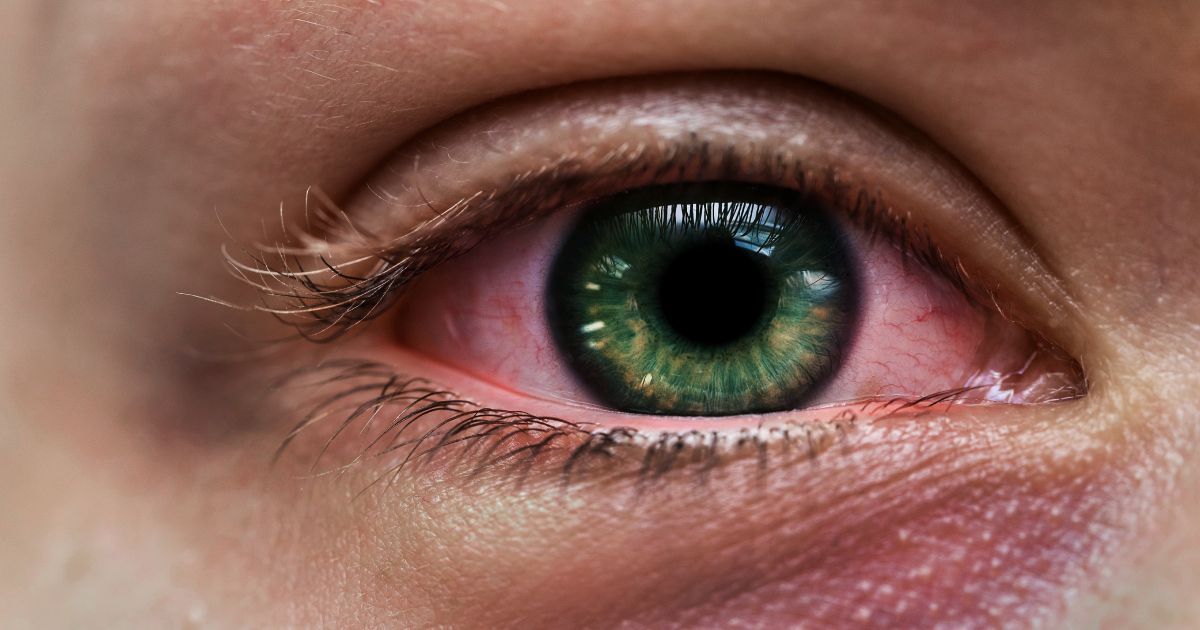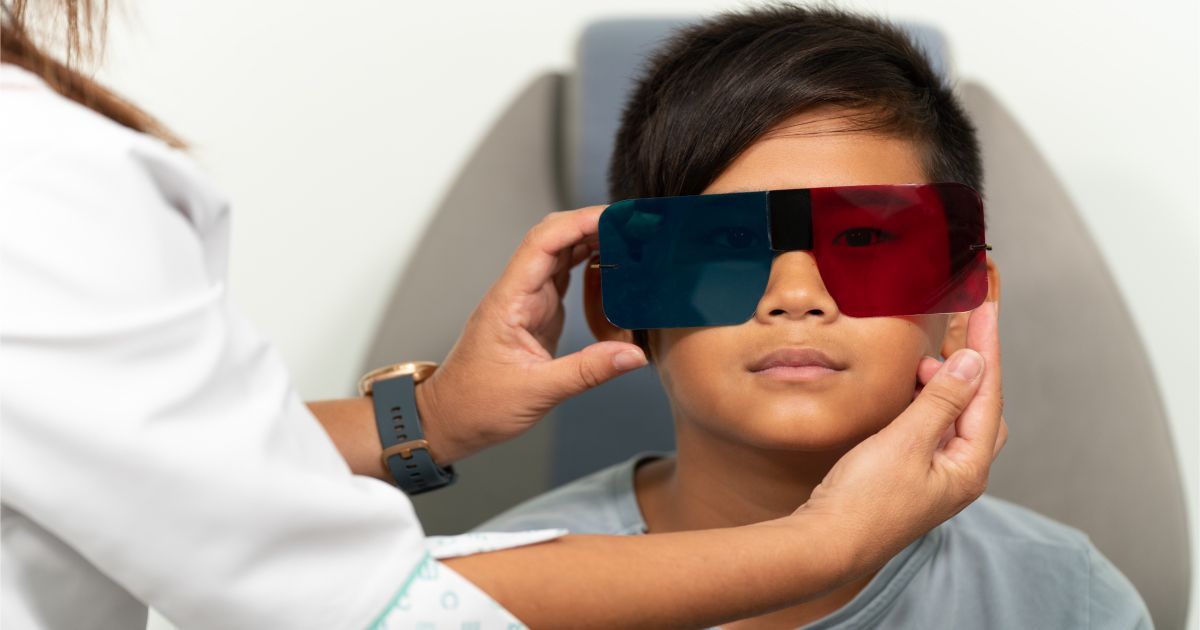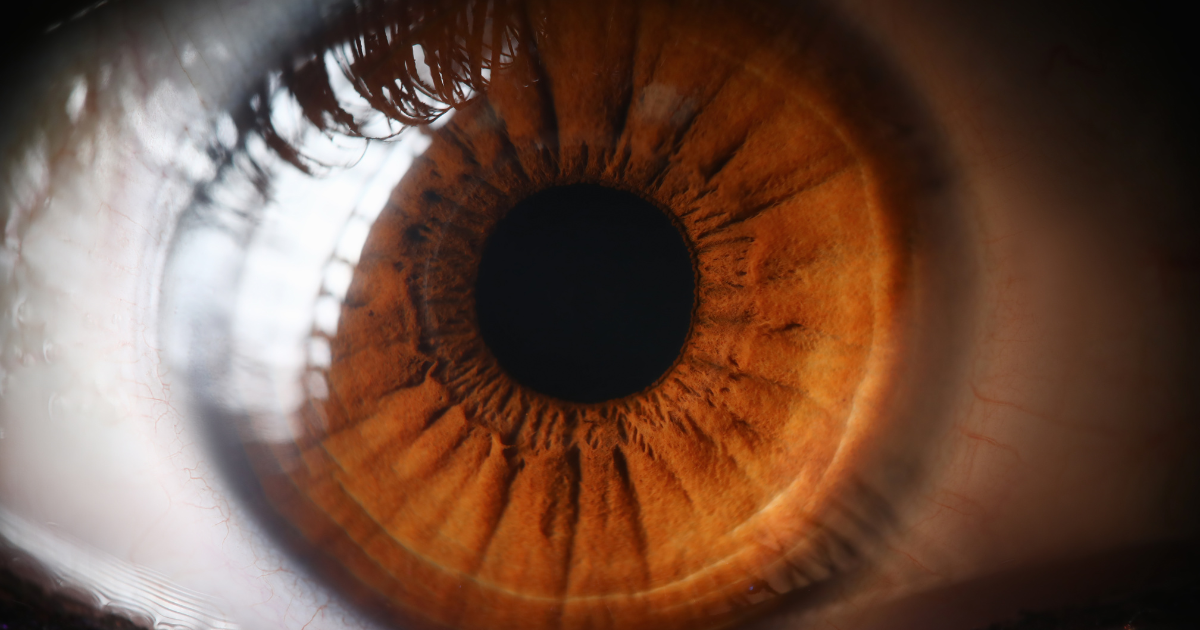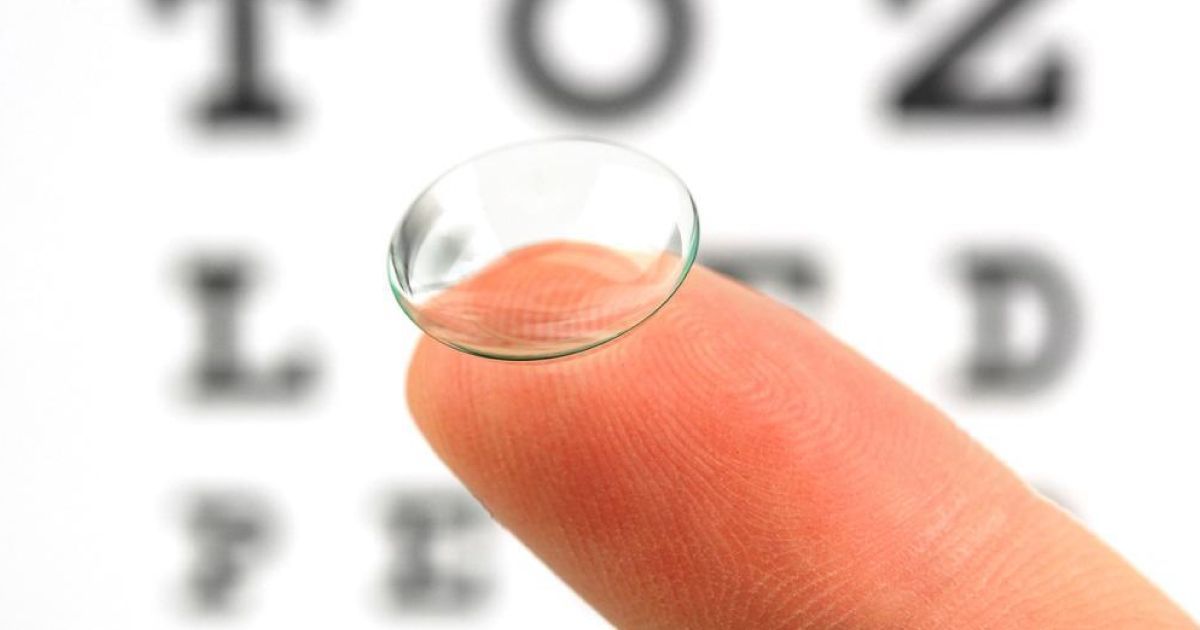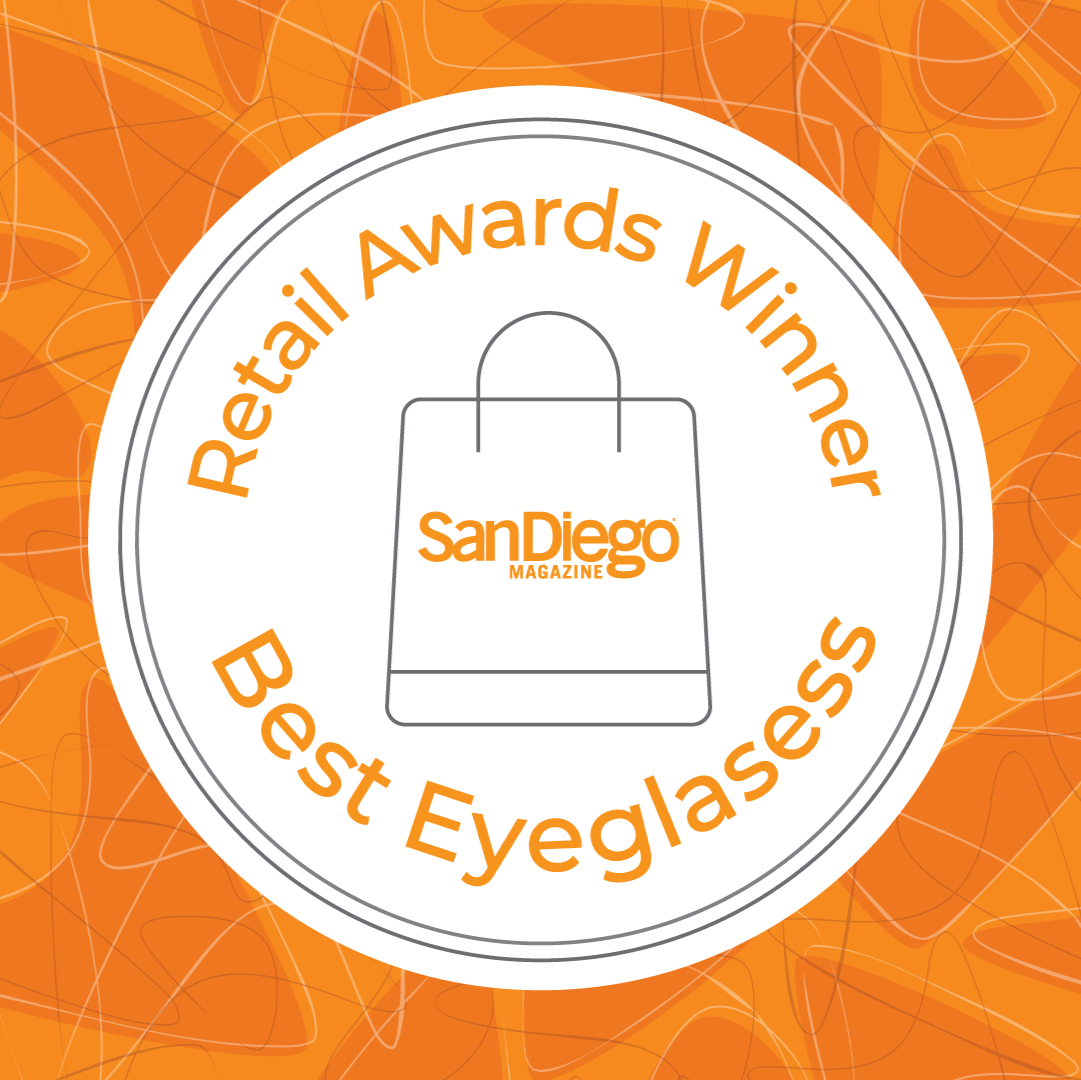The Impact of Omega-3s on Eye Health
Photo: Stock Photo
Read time: 8 minutes
As eyecare professionals, our commitment at Urban Optiks Optometry extends beyond traditional vision care – we believe that understanding the impact of nutrition on eye health is essential for a holistic approach to wellness.
Are you familiar with omega-3 fatty acids and their profound impact on eye health? Let’s take a look at the intricate relationship between nutrition and ocular well-being and the fascinating role of omega-3s.
Understanding Omega-3 Fatty Acids
Omega-3 fatty acids are a type of polyunsaturated fat that plays a crucial role in various bodily functions. There are three main types of omega-3s: eicosapentaenoic acid (EPA), docosahexaenoic acid (DHA), and alpha-linolenic acid (ALA). These fatty acids are considered essential because the body cannot produce them on its own – they must be obtained through diet or supplements.
- Eicosapentaenoic Acid (EPA): EPA is renowned for its anti-inflammatory properties. It serves as a precursor to signaling molecules, called eicosanoids, that play a pivotal role in regulating inflammation and immune response. EPA is commonly found in fatty fish such as salmon, mackerel, and sardines.
- Docosahexaenoic Acid (DHA): DHA is a major structural component of the brain, the retina of the eye, and other neural tissues. It is crucial for cognitive development, particularly during fetal development and infancy. DHA is abundant in fatty fish, algae-based supplements, and, notably, breast milk.
- Alpha-Linolenic Acid (ALA): ALA, predominantly sourced from plant-based foods, is the precursor to EPA and DHA. While the conversion process from ALA to the more bioactive forms (EPA and DHA) in the body is limited, it still contributes to overall omega-3 intake. Common sources of ALA include flaxseeds, chia seeds, walnuts, and certain vegetable oils.
Essential Nature of Omega-3s
The essentiality of omega-3 fatty acids arises from their critical roles in various bodily functions, including but not limited to cardiovascular health, brain function, and inflammatory regulation. As the body cannot produce these fatty acids autonomously, obtaining them through dietary sources or supplements is imperative for maintaining overall health and well-being.
Dietary Recommendations
To ensure an adequate intake of omega-3 fatty acids, it is advisable to incorporate a diverse range of food sources into one's diet. Fatty fish such as salmon, mackerel, and tuna, nuts, seeds including flax and chia, and certain oils are excellent dietary choices. Additionally, omega-3 supplements can be considered, especially for individuals with specific dietary restrictions or those seeking targeted nutritional support.
The Impact of Omega-3s on Eye Health
- Maintaining Retinal Health: Docosahexaenoic acid (DHA), a prominent omega-3 fatty acid, plays a pivotal role in maintaining retinal health. As a major structural component of the retina, DHA is concentrated in the photoreceptor cells, especially the outer segments where visual signal transduction occurs. The unique properties of DHA contribute to the fluidity and integrity of cell membranes, ensuring optimal functioning of retinal cells. Research indicates that adequate levels of DHA are crucial for photoreceptor development, synaptic transmission, and overall retinal function. DHA's presence in the retina underscores its significance in supporting visual acuity and the efficient transmission of visual information to the brain.
- Reducing Dry Eye Symptoms: The association between omega-3 fatty acids and the reduction of dry eye symptoms stems from their anti-inflammatory properties. Dry eye syndrome, characterized by insufficient tear production or poor tear quality, can result in discomfort, irritation, and visual disturbances. Omega-3s, particularly EPA and DHA, contribute to the modulation of inflammatory processes in the lacrimal glands and meibomian glands, enhancing the composition and stability of the tear film. By promoting a healthier tear film, omega-3 fatty acids alleviate the symptoms of dry eyes, providing relief to individuals experiencing ocular discomfort. Read more about Dry Eye in our recent blog post.
- Protecting Against Macular Degeneration: Omega-3 fatty acids exhibit a protective role against age-related macular degeneration (AMD), a progressive eye condition leading to central vision loss. The macula, a region in the center of the retina responsible for detailed vision, is particularly vulnerable to the degenerative effects of AMD. Studies suggest that a diet rich in omega-3s, especially DHA and EPA, may be associated with a lower risk of developing AMD. The anti-inflammatory effects of omega-3s contribute to their protective benefits, counteracting oxidative stress and inflammation in the macula. Incorporating omega-3-rich foods or supplements into the diet becomes a strategic approach to supporting macular health and minimizing the risk of AMD progression. Read more about AMD in our recent blog post.
Omega-3s and Visual Development in Infants
The role of omega-3 fatty acids, particularly docosahexaenoic acid (DHA), in infant visual development is instrumental during critical periods, such as pregnancy and breastfeeding. DHA is a structural component of the central nervous system and is highly concentrated in the retina and brain, especially during fetal and early postnatal development. This omega-3 fatty acid contributes significantly to the growth and maturation of the infant's visual system, including the development of the retina and the visual cortex.
Research has shown that adequate maternal intake of omega-3s, especially DHA, positively influences the visual acuity and cognitive development of infants. DHA is transferred from the mother to the developing fetus during pregnancy and continues through breastfeeding, ensuring a consistent supply of this essential fatty acid during crucial developmental stages. The incorporation of DHA into the neural tissues of the developing infant supports the formation of synaptic connections in the visual pathway, laying the foundation for optimal visual function.
Breast Milk Composition
Breast milk is a naturally rich source of DHA, underscoring the importance of maternal omega-3 intake for infant visual health. The concentration of DHA in breast milk reflects the mother's dietary habits and serves as a direct nutritional source for the growing infant. During breastfeeding, infants receive the necessary omega-3 fatty acids, including DHA, to support the ongoing development of their visual system.
For formula-fed infants, recognizing the vital role of DHA in visual development has led to the supplementation of some formulas with this essential fatty acid. Formulas fortified with DHA aim to mimic the nutritional composition of breast milk, providing infants with a source of omega-3s that contributes to their overall visual health. This supplementation aligns with the understanding that DHA is a critical component for the development and function of the infant's visual pathways.
Understanding the relationship between maternal omega-3 intake, breast milk composition, and infant visual development emphasizes the importance of incorporating these essential fatty acids into the diets of expectant and nursing mothers. As ongoing research delves into the nuances of this intricate interplay, recommendations for optimal omega-3 intake during pregnancy and lactation continue to evolve, contributing to the promotion of healthy visual development in infants.
Incorporating Omega-3s into Your Diet
Fatty fish stands as a primary and rich source of omega-3 fatty acids, particularly docosahexaenoic acid (DHA) and eicosapentaenoic acid (EPA). Including fatty fish in your diet at least twice a week can significantly contribute to supporting overall eye health. Salmon, tuna, mackerel, sardines, and trout are exemplary choices, as they are not only delicious but also packed with these essential fatty acids. DHA, in particular, is abundantly present in the retina, making fatty fish an optimal dietary choice for promoting retinal health and visual well-being.
While there is no one-size-fits-all recommendation, the American Heart Association suggests consuming at least two servings of fatty fish per week. Specific omega-3 dosage recommendations for eye health may vary – consult with your eyecare professional for personalized advice.
For those of you following a vegetarian or vegan diet, incorporating plant-based sources of omega-3s becomes crucial. While these sources predominantly provide alpha-linolenic acid (ALA), which is less potent than DHA and EPA, the body can convert ALA into these more beneficial forms. Flaxseeds, chia seeds, walnuts, hemp seeds, and algae-based supplements are valuable additions to plant-based diets seeking to enhance omega-3 intake. These sources not only contribute to eye health but also offer essential nutrients and fiber, making them valuable components of a well-rounded, plant-focused diet.
Omega-3 Supplements
In cases where obtaining sufficient omega-3s through dietary sources proves challenging, omega-3 supplements can be considered. These supplements, available in the form of fish oil, krill oil, or algae oil, provide concentrated doses of DHA and EPA.
Future Research and Development
The field of omega-3 fatty acids and eye health remains a dynamic area of research, with ongoing studies continually adding to our understanding of their benefits. Researchers explore various aspects, including the specific mechanisms through which omega-3s impact ocular tissues and potential applications in preventing eye conditions. Staying informed about the latest studies and findings is essential for both eyecare professionals and individuals seeking to optimize their eye health through nutrition. As new insights emerge, they may contribute to refining dietary recommendations and personalized approaches to omega-3 supplementation.
Advancements in scientific understanding may lead to potential applications of omega-3s in the prevention and management of various eye conditions. Continued research holds the promise of uncovering more targeted and effective uses of omega-3 fatty acids, potentially expanding their role in supporting ocular health. As scientific knowledge evolves, eyecare professionals can incorporate these insights into their recommendations, offering patients the latest strategies for maintaining vibrant and clear vision.
The Takeaway
At Urban Optiks Optometry, we believe in empowering our patients with knowledge that goes beyond traditional eye care. Understanding the significance of omega-3 fatty acids in maintaining healthy eyes is a key aspect of our holistic approach to vision and well-being. Whether through dietary adjustments or targeted supplementation, incorporating omega-3s into your lifestyle can contribute to the long-term health of your eyes. If you have questions or would like personalized guidance on optimizing your nutrition for eye health, our team is here to support you on your journey to vibrant and clear vision.
The information provided in this article is intended for general knowledge and educational purposes only and should not be construed as medical advice. It is strongly recommended to consult with an eye care professional for personalized recommendations and guidance regarding your individual needs and eye health concerns.
All of Urban Optiks Optometry's blog posts and articles contain information carefully curated from openly sourced materials available in the public domain. We strive to ensure the accuracy and relevance of the information provided. For a comprehensive understanding of our practices and to read our full disclosure statement, please click here.
OUR LATEST POSTS


© Urban Optiks Optometry, Inc. 2009-2024
All Rights Reserved
Location
The Cairo Building
3788 Park Blvd, Suite 5
San Diego, CA 92103
Phone: 619.683.2020
Text: 619.683.2020
Fax: 619.683.2111
Email: info@uoosd.com
Hours
Monday: 9 am – 7 pm
Tuesday: 9 am – 6 pm
Wednesday: 9 am – 6 pm
Thursday: 9 am – 7 pm
Friday: 9 am – 6 pm
Saturday: 9 am – 5 pm
Sunday: Closed



